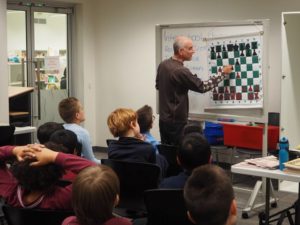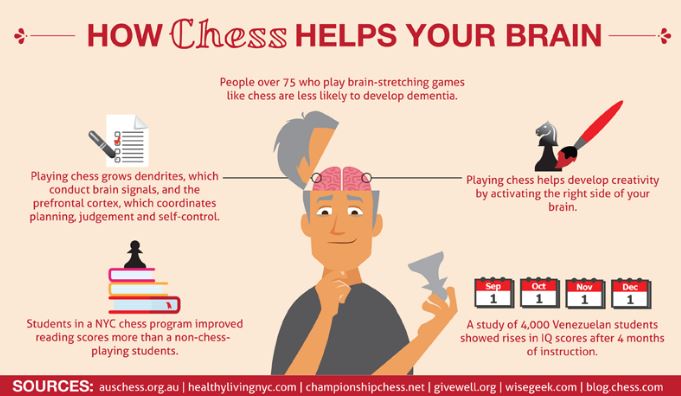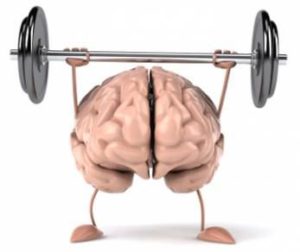The most rewarding part of my job as a chess coach is seeing my students improve in so many ways, which I truly believe can be traced back to playing and learning chess.
One of the reasons I’m so confident that chess is ‘good’ for kids is that it brings in so many different parts of the brain. To truly ‘play’ chess, the brain has to work pretty hard (to put it mildly), and the best thing is that kids often don’t even realise how much they’re learning.
Not only does chess require kids to be creative, logical, solve problems and think spatially, but when they come to Chesslife classes, they also to have to be social, concentrate, and participate by reading, writing, counting, reasoning – and then communicating all of this to their fellow students and their coaches.
It’s no wonder chess has the power to transform young (and old!) lives. But don’t just take it from me. Here’s what researchers William Bart and Michael Atherton of the University of Minnesota discovered when they analysed the brains of amateur and professional chess players at work. This is from their paper ‘The Neuroscientific Basis of Chess Playing’.
- Playing chess activates the occipital lobe, which is used for visual processing
- Playing chess activates the parietal lobe, which is used for attentional control and spatial orientation
- Playing chess at an amateur level activates the medial temporal love and the hippocampus, which are used for novel encoding and analysing chess board information
- Expert chess players use their frontal lobes for higher-order reasoning and retrieving expert memory chunks.
In the right setting, chess has been proven to boost visual processing, concentration and attentional control, encoding of information (understanding), analysing information, reasoning and memory.
And the science proves shows what every chess coach and indeed, every chess player, already knows: chess is a workout for the whole brain.
As a Chesslife coach I consider it my responsibility and my greatest privilege to bring this incredible tool to the bright young minds of Australia.


